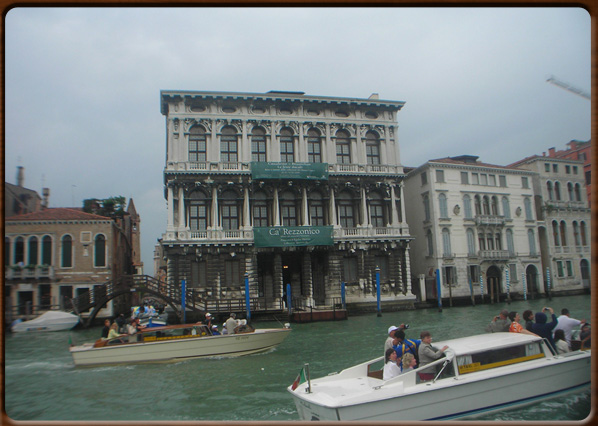
Cà Rezzonico on the Canal Grande.

Internal hall in Ca' Rezzonico.

The charlatan. Pietro Longhi, 1750, détail. Ca' Rezzonico.

The laundresses, Pietro Longhi, 1740, Ca' Rezzonico.




No video
Work started on this beautiful Baroque palace in 1667 by Baldassarre Longhena, the most important Venetian architect of the 17th Century. Building stopped for a while owing to the Bon family running out of money, but was then resumed in 1712 when the palace was sold to the Rezzonico family (rich merchants and later bankers originally from Genoa), who commissioned the architect Giorgio Massari to complete it.
Ca' Rezzonico later became famous throughout the city for the extravagant banquets held there. In 1888 the English poet Robert Browning bought the palace, but it did not bring him much luck: he died of bronchitis a year later.
Ca’ Rezzonico has housed the Museum of 18th Century Venice since 1934: the palace’s many rooms provide the perfect backdrop for pieces of art from that period. In addition to paintings and works of sculpture, it contains collections of porcelain, items of furniture, clothing and various ornaments.
There are a few frescoes by Giambattista Tiepolo and two paintings by Canaletto, one of which from his last years in Venice. Another room is dedicated to the Venetian grand master Pietro Longhi and his paintings of typical everyday life.
1600 - 1700 - DORSODURO - rev. 0.1.6